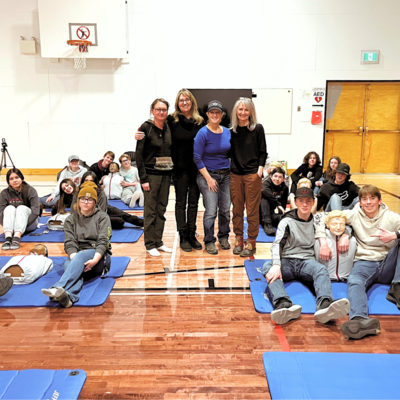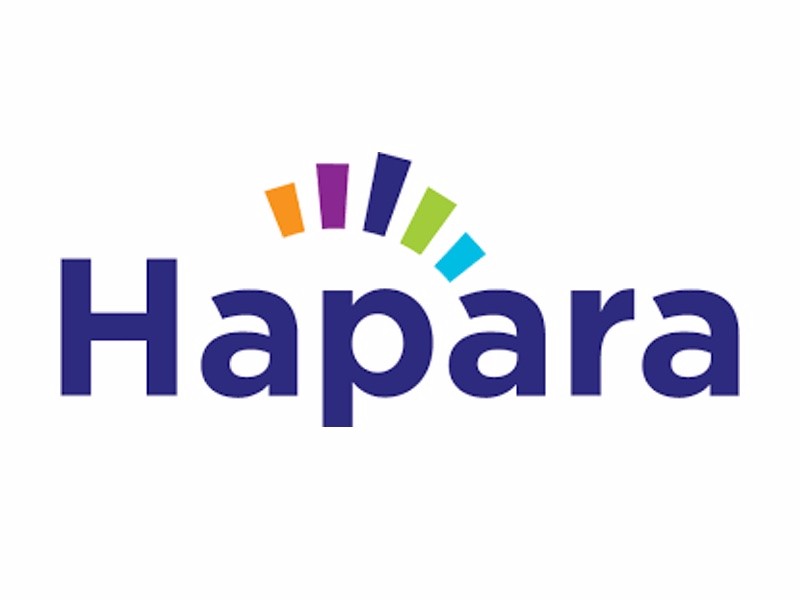Students participate in Cardiac Crash CPR and AED Training

Do you know what to do if someone next to you would suddenly require CPR?
Students at six Peace River School Division Schools between Grade 4 and Grade 12 have had the opportunity to take part in a training exercise in bystander CPR and AED use as part of a national pilot study to assess the feasibility and acceptability of offering this type of training in all schools. The Peace River School Division students who participated in the study represented two of the five communities involved in the study across Alberta.
Facilitated within Alberta by Kim Ruether, the study includes showing a brief, video-based education program, developed by the Heart and Stroke Foundation of Canada to teach children hands-only CPR and AED use within a classroom setting. For Ruether, the impacts of this study are especially important. In 2012, Ruether received a phone call every parent hopes to never receive.
Prior to that emergency call, Brock was like any other high school athlete: healthy and energetic. However, when his heart stopped that day in 2012 while he was at volleyball practice, no one with him immediately recognized what Brock was experiencing as sudden cardiac arrest. While CPR was administered and an AED was available, it was not used, and Brock did not survive.
On Tuesday, February 20, Ruether shared with students at Worsley Central School about her son and how quickly a young life can be lost or saved, with the help of an AED and CPR.
“If a shock is administered on a young, healthy heart in under one minute from the time of a sudden cardiac arrest, the survival rate is 100%. Under two minutes, 92%,” she said. “After six minutes, the survival rate drops to 25% and after 10 minutes, it’s 0%. But excellent CPR can extend that timeline by two hours.”
The study required participating students to complete a pre- and post-training questionnaire regarding their confidence in knowing what to do should someone near them experience a sudden cardiac arrest. The participating teacher also completed a questionnaire regarding the feasibility of offering the training in a school setting.
“There is no more devastating news than sudden cardiac arrest occurring in the community, for both families and their surrounding neighbourhood. Very few people survive a sudden cardiac arrest that occurs outside the hospital, and those who do, usually are left with severe brain injury. Previous students have shown that the most important and effective treatment is bystander CPR and AED use,” Ruether said.
After the Grades 9 to 11 Worsley Central School students had taken part in the training, Ruether reinforced with the students the idea that anyone is capable of doing bystander CPR and using a AED.
“Don’t let anyone tell you that you are too young. You are equally as capable of saving a life,” she said. “Today, you guys did as good, if not better, CPR quality as the EMS and hospital staff I train.”
In addition to gaining confidence about proper CPR techniques, the students also learned about proper AED use. One of the most important lessons was that an AED is designed to administer a shock only when it’s necessary. If a shock is not advised, the machine simply will not issue a shock.
Following the training for Grades 5 to 8 students at Worsley Central School, students shared that they found doing bystander CPR to be significantly simpler than they expected. They also agreed that should someone require their help, they would “100%” be prepared to step in and help.
“This study is the first of its kind to address the quality of CPR training in schools across Canada. This is a unique opportunity to be one of the pioneers in advocating for the safety and health of our communities and empowering Canadian students to learn how to save a life,” Ruether said.
After completing the training, Worsley Central School was provided with a certificate from the Project Brock Society with the designation of being a “Heart-Safe School.”
Other PRSD Schools participating in the study include the Grade 4 class from École Springfield School, TA Norris Middle School, and Peace River High School, Hines Creek Composite, and Red Earth Creek School.





























